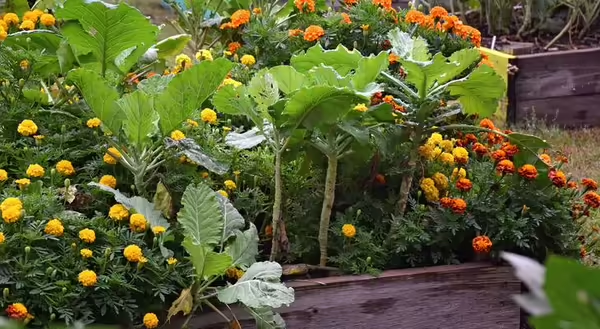
The USDA Hardiness Zone Map has been updated to reflect temperature data collected over the last 30 years. This new map version used GIS technology and input from climate, botanical, and horticulture experts to create hardiness zones on a much finer scale.
Updated to Zone 6A
Locally, the map update puts southern Fulton County, Mason County, and along the Illinois River in Peoria, and Tazewell Counties into zone 6a. Northern Fulton and Peoria counties remain in Zone 5B. Zone 6a has an average low temperature of -10 to -5 degrees Fahrenheit. Previously, this area was in zone 5B. The move to a 5-degree warmer zone is consistent with observations of warmer winters in this region.
Zone Map Use
The USDA Hardiness Zone Map is a valuable tool for assessing plant hardiness based on average annual extreme minimum winter temperatures. The map assigns 10-degree Fahrenheit zones ranging from 1 (coldest) to 13 (warmest). Each zone has 'a' and 'b' halves, like 7a and 7b, representing colder and warmer halves of a zone.
Zone numbers are used in catalogs and sales info for plants. Colors on the map mimic a prism's spectrum, visually representing cold hardiness for plant selection based on their performance in different regions.
When using the map for planting, it is important to note that it is a general guide based on average lowest temperatures from 1991 to 2020. The map does not include the lowest or future temperatures. Plants growing at the edge of their coldest zone might face risks during rare extreme cold snaps, potentially resulting in losses despite thriving for several years.
Other Environmental Factors
There are several environmental factors beyond hardiness zones that influence plant success. These factors include the amount of light, soil moisture, temperature, duration of cold exposure, and humidity. Gardening decisions should consider these factors alongside the hardiness zones for optimal plant health and survival.
Microclimates within gardens and localized conditions impact plant survival. These variations make hands-on experience and detailed garden knowledge indispensable. The map's limitations emphasize the need to understand plant growth factors beyond hardiness zones. Being on the border between zones 5B and 6A means that local gardeners must carefully plan to choose plants that will tolerate unexpected temperatures.
USDA's Online Zone Map
The USDA's map website is user-friendly. The website allows you to find your zone using your ZIP code, offering interactive features, state maps, and guidance for effectively understanding and utilizing the hardiness zones. Gardeners can find state maps for digital viewing or printing on the website.
The map serves as a guide, not a guarantee. Consultation with experts and consideration of local conditions can be helpful when considering plants on the edge of their hardiness zone. Once your plants are established and thriving, they should continue to do well, even with changes in hardiness zones.
The Plant Hardiness Zone Map serves as a guide based on average low temperatures, but other factors and local conditions significantly influence plant survival. Understanding these factors alongside the zones helps make informed planting decisions for better plant health and growth.